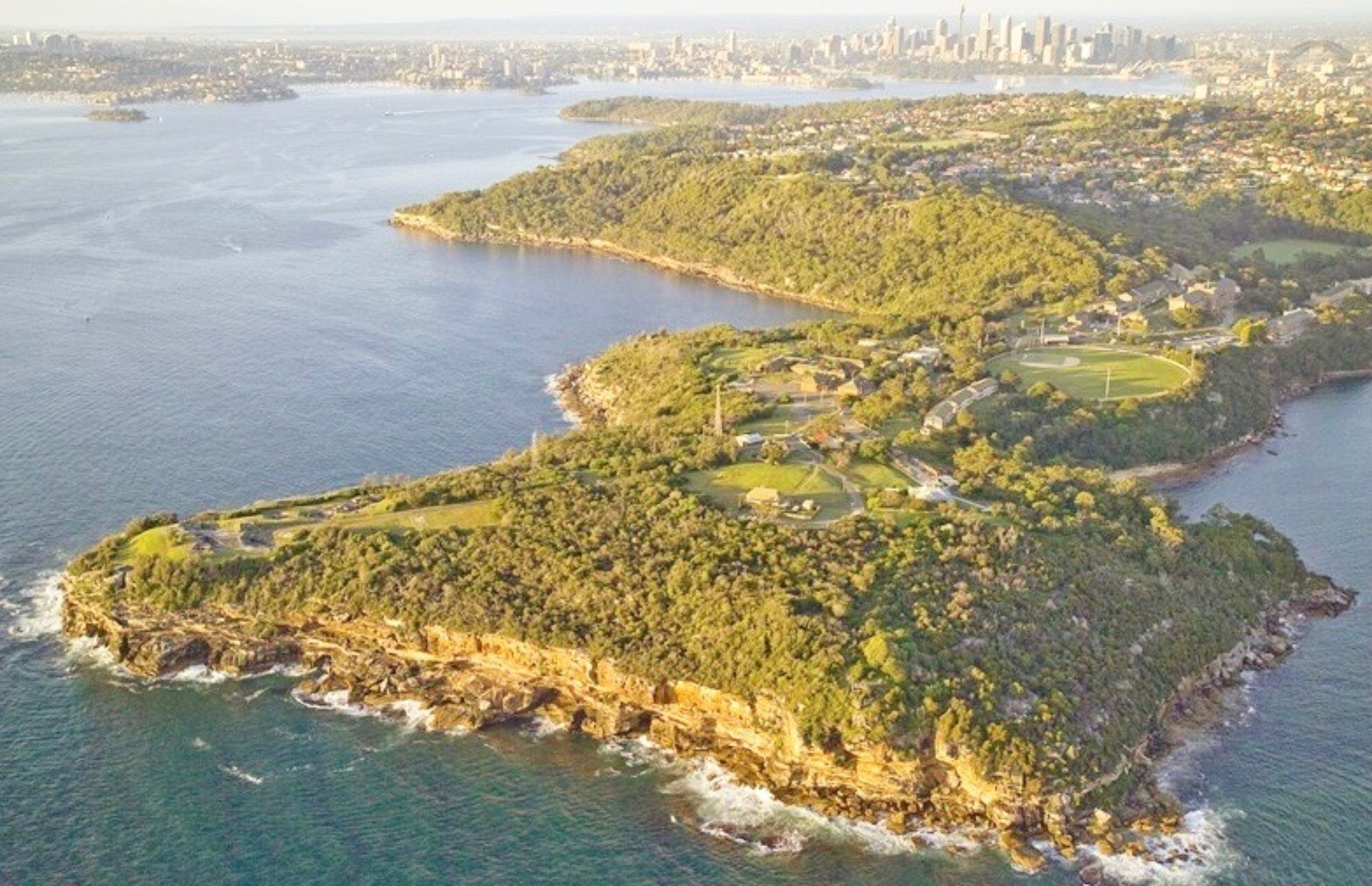Keith Vincent Smith
15-apr-2014
For countless generations the Gamaragal or Cameragal lived as hunters and fishers in the rich saltwater environment at the gateway to the Pacific Ocean.
They occupied the north shore of Port Jackson (Sydney Harbour), from Karabilye (Kirribilli) opposite Warrane (Sydney Cove) and north along the soaring yellow-brown sandstone cliffs of Gurrugal (Georges Head), Cubba Cubba (Middle Head) and Garungal or Carangle (North Head) to Kayeemy (Manly Cove). Their territory ran north along the coast to Broken Bay, entrance to the Hawkesbury River.
On these shores the Gamaragal sang, danced, fought ritual battles, fished, swam, told stories, laughed and slept around their campfires beneath the stars. Today shell middens, hand stencils and myriad figures of ancestral spirits, people, fish, whales and animals incised in sandstone evoke their cultural world and artistry.
‘Cammera’ as a district and ‘Cammerragal’ as the name of a ‘tribe’ were first mentioned in Governor Arthur Phillip’s first despatch to Lord Sydney at the Home Office in London dated 13 February 1790. His informant was Woollarawarre Bennelong ‘the native now living with us’, who had been captured less than three months earlier.
‘Cammeragal’ is the first name listed as a ‘tribe’ in the vocabulary (Anon. 1791) kept by Phillip and his aides, catalogued as Notebook C in the School of Oriental and African Studies at the University of London. ‘The tribe of Camerra’, wrote Philip Gidley King, ‘inhabit the North part of Port Jackson which is somewhere named Camerra’.
The Aboriginal social groups that First Fleet observers called ‘tribes’ are now called ‘clans’ or extended families, while the term ‘tribes’ describes clans in an area in which the same language is spoken.
Gamaragal life revolved around fishing, hunting small game and gathering shellfish and edible bushfoods. Theirs was a canoe culture. Men and women glided over the harbour waters, in bays, creeks and lagoons in their most prized possession, a nawi or stringybark canoe.
With deft skill Gamaragal women carefully chipped and shaped shiny berá or shell lures used without bait to provide fresh food for their families.
They chanted as they fished with handlines of twisted bark twine, ‘singing’ the fish to bite.
Aboriginal men traditionally caught fish from the rocks or in shallow water with long spears called muting, headed with three or four pronged points, which the English settlers called fish-gigs. To make a nawi or a shield or build a simple gunyah or shelter, men cut bark sheets from stringybark or Casuarina trees using an axe with a hard stone head sharpened at one end called a mogo.
Governor Phillip was so impressed by the Gamaragal he met at Kayeemy on 21 January 1788 that he wrote in a despatch
“Their confidence and manly behaviour made me give the name of Manly Cove to this place.”
The crescent-shaped sandy beach at Kayeemy (Manly Cove) was the scene of many encounters between the British settlers and the Indigenous people. Here on the governor’s orders Arabanoo (at first called ‘Manly’) was abducted on 30 December 1788. Sadly, Arabanoo contracted smallpox and died on 18 May 1789.
On 25 November 1789 two Aboriginal men were lured by fish from a gathering at Kayeemy, which had become a centre of resistance. They were seized, bound and taken by boat to Sydney Cove. They were Colebee, leader of the Cadigal, whose territory opposite the Gamaragal ran from South Head to Darling Harbour and Woollarawarre Bennelong, a Wangal from the south shore of the Parramatta River.
Here too, Bennelong and Colebee took revenge for their loss of liberty, calling in Willemering, a carradhy or clever man from Broken Bay, who on 7 September 1790 speared and wounded Governor Phillip during an Aboriginal whale feast. Bennelong came in peacefully and formed an unlikely friendship with Governor Phillip who took him and his kinsman Yemmerrawanne to England in December 1792.
Dr Keith Vincent Smith
15-apr-2014
